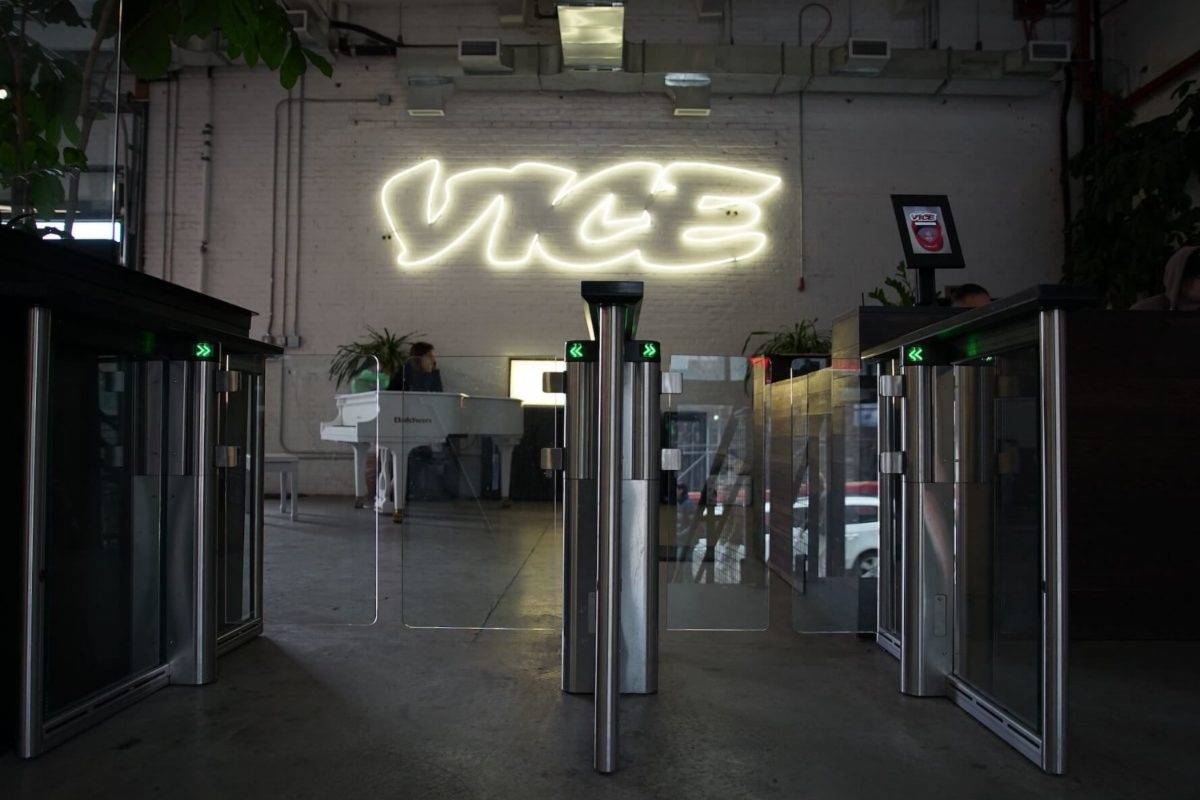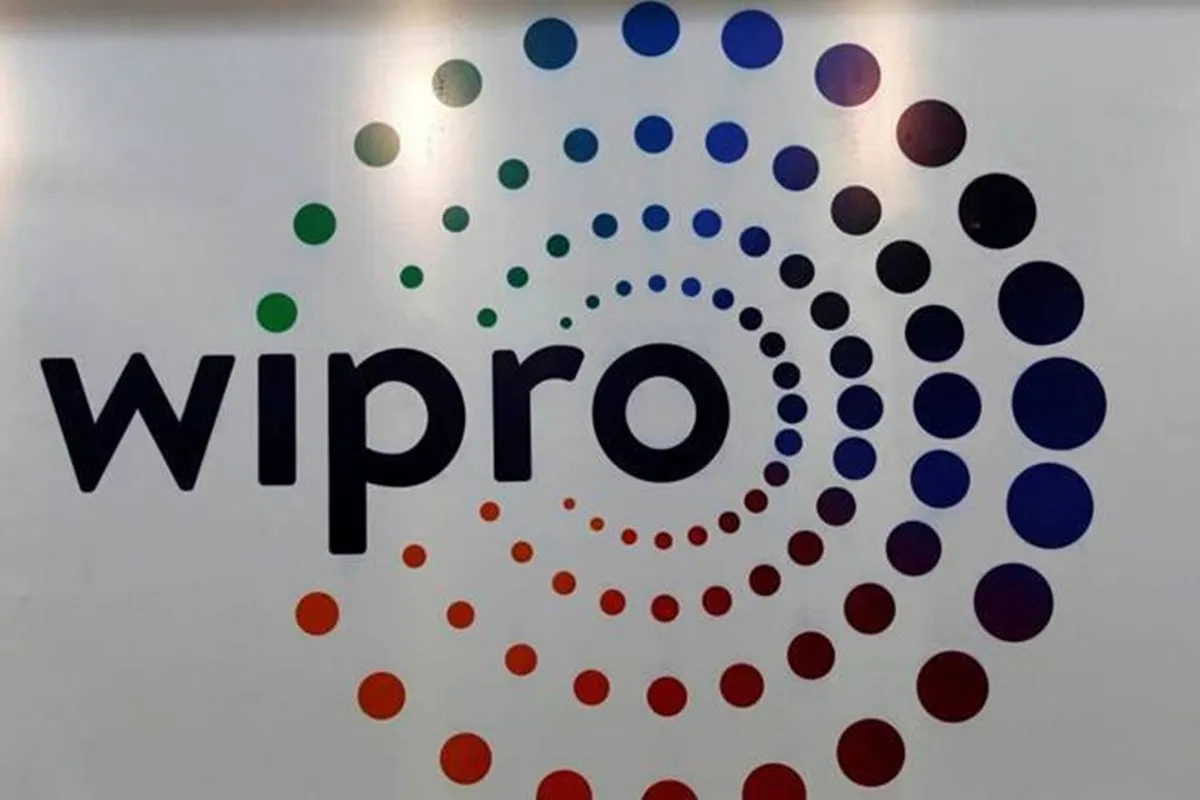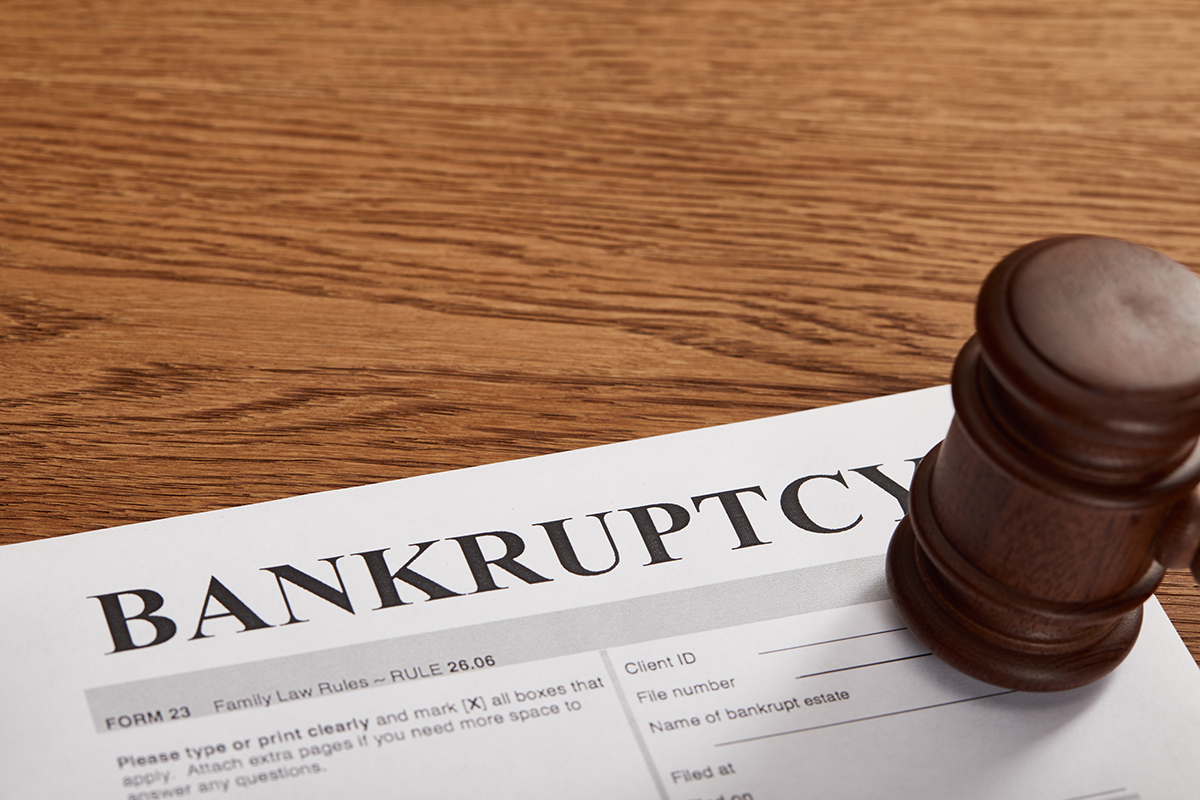Wipro The Largest Unsecured Creditor Of $10Million Of Now Bankrupt Vice
Bankrupt Vice Owes The Largest Debt to Its Creditor Wipro

Wipro, one of India’s leading information technology services companies, has found itself as the largest unsecured creditor of Vice, a company that has filed for bankruptcy. As an unsecured creditor, Wipro is facing significant challenges in recovering its dues from Vice due to the nature of its debt and the bankruptcy proceedings.
The Bankruptcy Of Vice:
Being the largest unsecured creditor means that Wipro has a substantial amount of outstanding debt owed to them by Vice. Still, unlike secured creditors, they do not have any collateral or specific assets backing their claims. This lack of security puts the former at a higher risk of not fully recovering the debt owed to them than secured creditors who prioritize the distribution of assets during bankruptcy proceedings.

Bankruptcy proceedings are typically governed by a legal framework that aims to distribute the available assets of a bankrupt company among its creditors in an orderly manner. However, unsecured creditors often face greater uncertainty and a lower chance of recovering their dues compared to secured creditors or stakeholders with higher priority.
In the case of Vice’s bankruptcy, Wipro may be involved in the bankruptcy proceedings and work closely with other creditors and the court-appointed trustee to assess the available assets and determine the best course of action for debt recovery. This may involve negotiating with other creditors, evaluating the financial health of Vice, and participating in the development of a reorganization or liquidation plan.
Wipro The Largest Unsecured Creditor Of Vice:
Wipro is a prominent Indian multinational corporation specializing in information technology services and consulting. With a history spanning several decades, it is a global player in the IT Industry. The company offers a wide range of facilities, including digital transformation, cloud computing, and cybersecurity. Known for its commitment to innovation and customer-centric approach, Wipro has garnered a reputation for delivering high-quality solutions to clients worldwide. With a diverse workforce and a global presence, Wipro continues to evolve and adapt to the ever-changing technological landscape, driving digital transformation and helping businesses thrive in the digital era.

Vice is a well-known media and entertainment company recognized for its edgy and unconventional content. Established initially as a magazine, Vice has expanded into various platforms, including digital media, film, television, and news production. Vice is known for its distinct and often provocative style, tackling various topics such as music, fashion, politics, and youth culture. The company is globally famous particularly among younger demographics through its unique storytelling and alternative perspectives.
With its bold approach and ability to connect with diverse audiences, Vice has become a significant player in the media landscape. As an information technology services company, Wipro’s exposure to Vice could be in the form of unpaid invoices for services rendered or outstanding contractual obligations. It is crucial for Wipro to actively engage in the bankruptcy proceedings to protect its interests and maximize the chances of recovering a portion of its debt. The outcome for unsecured creditors in bankruptcy cases can be uncertain, and recovery rates may differ based on different individual cases, the available assets, and the financial viability of the bankrupt company.
In some cases, unsecured creditors may receive only a fraction of their claims or may need to write off the debt entirely. Wipro may need more visibility or early warning signals regarding Vice’s financial troubles. Identifying and responding to warning signs of financial distress on time allowed Wipro to adjust credit terms, take preventive measures, or seek additional security to mitigate its risk exposure.
Why Is Wipro the Unsecured Creditor:
Wipro may have provided information technology services or products to Vice on credit, where Vice failed to make timely payments or defaulted on its payment obligations. This could have resulted in a significant accumulation of unpaid invoices, leading to Wipro becoming a major creditor. Wipro and Vice’s credit terms and agreements may have been unfavorable or lacked appropriate security measures. Wipro needed solid contractual provisions or collateral to secure their debt to be classified as an unsecured creditor, making it more challenging to recover their dues in bankruptcy.
Vice’s financial instability or poor financial management could have contributed to its bankruptcy. Factors such as declining revenues, high debt levels, mismanagement, or market challenges specific to Vice’s industry could have led to its financial distress and subsequent bankruptcy filing. The IT services industry can face various risks, such as changing technology trends, intense competition, and economic downturns. If Vice operated in a volatile sector or faced specific industry-related challenges, it could have impacted its financial viability and ability to meet its payment obligations to Wipro.

In bankruptcy proceedings, secured creditors often have priority over unsecured creditors in the distribution of available assets. If Vice had secured debt obligations, such as loans backed by specific assets or collateral, those secured creditors would be given preference during the liquidation or reorganization process, potentially leaving less for unsecured creditors like Wipro.
Ultimately, Wipro’s status as the largest unsecured creditor of Vice highlights the risks and challenges associated with unsecured lending. It serves as a reminder of the importance for companies to conduct thorough due diligence and risk assessment when extending credit to other businesses, especially in cases where collateral or security may not be available to mitigate potential losses in the event of default or bankruptcy.
Proofread & Published By Naveenika Chauhan




